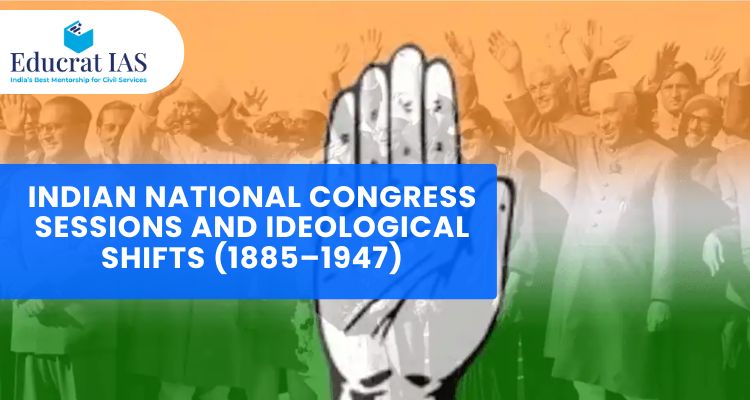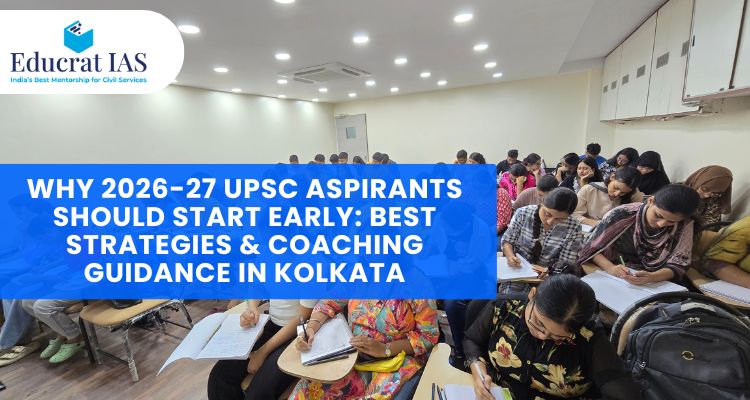syllabus. While the
static syllabus remains unchanged, the
dynamic component—current events—keeps evolving, and the examination increasingly tests a candidate’s ability to connect the two.
The UPSC does not ask direct factual questions on current affairs alone; instead, it frames analytical questions that require contextual understanding of
static concepts supported by
recent developments. This article outlines structured strategies and proven techniques to achieve seamless integration, specifically for aspirants in
Kolkata and West Bengal, while remaining relevant for candidates across India.
1. Understanding the Relationship Between Static and Dynamic Portions
Before integration, clarity on the nature of both components is essential:
- Static Portion: Fixed topics like Indian Polity, Geography, History, Economy, Environment, and Ethics as outlined in the UPSC syllabus.
- Dynamic Portion: Ongoing developments such as government policies, international relations, economic data, judicial pronouncements, and environmental changes.
Example: A news article on
Cyclone Yaas relates to
Geography (Climatology),
Environment (Disaster Management), and
Economy (Impact on agriculture and infrastructure in West Bengal).
2. Source Selection and Limitation
Excessive sources lead to information overload. It is advisable to restrict oneself to
reliable and exam-relevant sources:
- Newspapers: The Hindu and The Indian Express for national and international news analysis.
- Government Sources: Press Information Bureau (PIB), Ministry websites, Yojana and Kurukshetra magazines.
- Analytical Reports: NITI Aayog reports, Economic Survey, RBI Bulletins.
- State-Specific Sources: West Bengal government portals for local schemes and initiatives.
Tip: Avoid reading entire newspapers; instead, focus on sections relevant to the UPSC syllabus.
3. The “Link–Note–Revise” Approach
This three-step strategy ensures current affairs become part of your static preparation:
Step 1: Link
Identify the
General Studies paper and topic under which the news item fits.
Example:
- News: Supreme Court verdict on Right to Privacy.
- Static Link: Indian Polity → Fundamental Rights → Article 21.
Step 2: Note
Prepare concise notes with:
- Brief description of the news.
- Static concept explanation.
- Data or facts (reports, surveys, constitutional articles).
Step 3: Revise
Compile monthly topic-wise notes for quick pre-exam revision.
4. Integrating with Answer Writing
UPSC Mains requires analytical and structured answers. Current affairs enhance depth:
- Begin with the static definition or historical context.
- Cite a recent example or development as evidence.
- Conclude with policy implications or way forward.
Example for GS Paper 3:
Question: “Discuss the challenges of urban flooding in India.”
Answer: Begin with causes (static: Geography + Environment), add recent examples like Kolkata’s monsoon flooding in 2024, and suggest measures from NDMA guidelines.
5. Use of Visual Tools
Visual representation improves retention:
- Mind Maps: Link core topics with related current events.
- Flowcharts: Show cause-effect relationships.
- Tables: Compare before-and-after impacts of a policy.
Example: For
Sundarbans mangrove conservation, a diagram linking biodiversity, climate change, and recent cyclone impacts can be used.
6. Practice with Previous Year Questions (PYQs)
PYQs reveal UPSC’s preference for integrated questions.
- Identify how past questions link static topics with recent issues.
- Attempt answer writing for 2–3 PYQs weekly using current examples.
7. Incorporating Local Context
For aspirants in Kolkata and West Bengal, linking local developments to national issues strengthens answers:
- Cyclone Yaas: Disaster Management, Climate Change.
- Tea Industry in North Bengal: Economy, Labour Issues.
- Sundarbans: Biodiversity, Coastal Regulation Zones.
Such local examples demonstrate awareness beyond textbooks, especially in the interview stage.
8. Time Management for Current Affairs
Allocate
1–1.5 hours daily:
- 45 minutes for newspaper reading.
- 15–20 minutes for note-making.
- 20–30 minutes for revision or answer writing practice.
Tricks for Effective Integration
- Always read news with the syllabus in front of you.
- Maintain a separate notebook for GS Papers 1–4, updating them with relevant news.
- Revise current affairs monthly in a subject-wise format.
- Use government reports for credible data points.
- Avoid excessive facts; focus on analysis and applicability.
Conclusion
Integrating current affairs with the static syllabus is not an optional skill; it is a core requirement for success in the UPSC Civil Services Examination. A disciplined approach, combined with smart note-making and regular revision, ensures that every news item strengthens your understanding of the static concepts.
For structured guidance,
Educrat IAS Academy in Kolkata offers integrated classes, current affairs workshops, and monthly compilations designed to bridge the gap between dynamic events and static knowledge.
📞
For guidance, call +91 91473 88921 or
explore our UPSC courses.
FAQs
1. How far back should I study current affairs for UPSC?
At least 12–18 months before the examination.
2. Should I prepare separate notes for prelims and mains?
No. Maintain integrated notes but highlight factual points for prelims and analytical points for mains.
3. Are state-specific current affairs important?
Yes. They enrich mains answers and interview responses.
4. Is The Hindu alone sufficient?
It is excellent for analysis, but supplement it with PIB and official reports.






